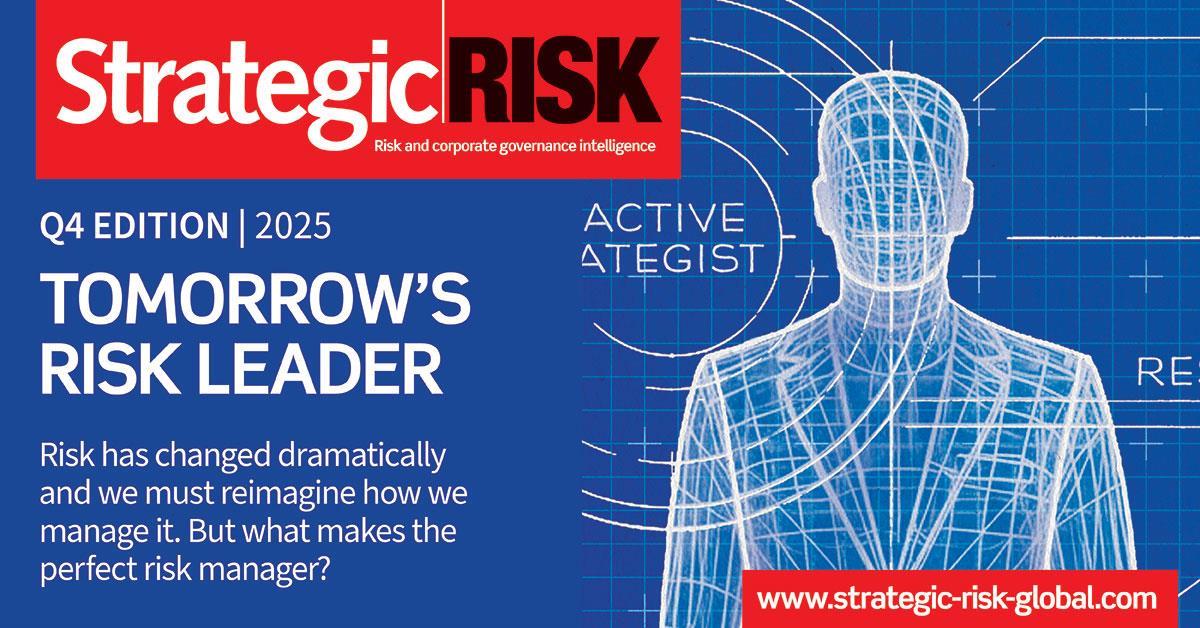With new technology providing a wider range of options for increasingly discerning customers, it's more important than ever that insurers know their client base - which is where customer relationship management comes in, says Manjit Rana.
The customer really is king these days. As a result, organisations are consistently trying to improve understanding of their client-base loyalty, in order to increase revenue and profitability per customer.
With customers having more choices about where they can do business, firms need to enable the whole company to improve their understanding of customer service. This is where customer relationship management (CRM) and, with the advent of the internet and surrounding technologies, e-CRM come into play.
Never has this been more pressing than in the insurance sector, with firms increasingly using electronic tools to analyse client profiles and service their needs.
For example, the internet is making it easier for consumers and businesses to compare insurance policies on offer and shop around for the best deal, driving prices down and increasing the services provided to the best customers. Furthermore, customers will only trade with companies who do business with them on their terms. They now have to be available when customers need them and contactable through a channel most convenient to them, be that phone, post, internet or high street. CRM is about how firms can best service individual customer needs.
Share and share alike
But how can the insurance industry specifically benefit from CRM solutions?
In order to answer this question, some key attributes of the insurance industry need to be considered:
For companies to know what policyholders demand and therefore provide the services they desire, a full, clear and current picture of the customer is needed. Today's leading insurers recognise that they need to share the information they hold about their customers across the whole of their organisation.
Too much information
In the past, and still today in many companies, each department would hold a piece of the overall picture - the motor department holding information on the client's motor policy, the household department for the household risk profile, and so forth.
Subsequently, the client is often frustrated, having to re-supply the same information over and over again. Worse still, for example, in the spirit of acting as one provider, the motor department may mailshot a client, encouraging an application for an investment product, when they already underwrite the product through another division.
In addition, insurers also deal with their policyholders through a great variety of channels or "touch points", such as via the intermediary, a call centre, a claims management company, by letter, face-to-face meetings and more recently via the web or mobile phone. These also need to be understood and acted upon - for example, does Mr Jones prefer to be written to by letter or email?
Once you start to capture details of every interaction with a particular customer, the information can be used in a number of ways.
Get the full picture
If all the information about a particular customer is shared and visible, there is no need to maintain duplicate and potentially inconsistent sets of data.
Plus, having staff who can see the whole picture, have all the details at their fingertips, and then ask the right questions will help to reduce channel conflict. Knowing the client bought a motor policy through ABC Insurance Brokers can be taken into account when offering other products.
All these save both time and money internally and provide a more streamlined and useful service to the customer.
Identify your clients
Having identified and analysed customer information, insurers can then identify which customers contribute the most to revenue and profit, based on the business done with them and how much it costs to support them.
They can also find ways to group certain customers together and start to construct offers that are likely to be attractive to a particular customer segment.
All in all, CRM is about knowing how customers wish to do business, based on past behaviour. If you get this right, it's not just the customer who will be king.
What is Electronic Customer Relationship Management?
Leading IT sector analysts Gartner Group describes the technological view of CRM as follows:
Integrated system means customers are Friends
A conglomeration of four businesses, Friends First has enjoyed exceptional growth in recent years. With total assets of IR£3.5bn, it provides a comprehensive range of assurance, insurance, banking and investment products to more than 220,000 customers.
Friends First launched its new group identity in 1998. It had a clear business objective - to become a "broad-based financial services provider" - and to grow.
But first the company faced a number of critical hurdles. As with all traditional financial services companies, Friends First staff were used to servicing policies as opposed to dealing with brokers and customers. One of its major shifts in focus would be to adopt customer service as a core strategy. Manage-ment put it simply: "If we look after our customers better than the competition, then everything else that is important will follow."
Also, the company's IT platform was a complex myriad of systems with questionable data quality - the result of acquisitions. Not all of them were under the control of the Irish operation, as some were based in the UK with its former parent company.
In response to these challenges, the management team set itself several key objectives.
The focus of the company's new infrastructure was to provide a single, integrated view of the customer across all businesses. It would have to cater for different ways of doing business - whether through direct or broker channels - and, in time, be capable of accommodating whatever channels might emerge, such as digital TV. In addition, it would have to be flexible enough to accommodate changes in future business strategy.
Now, a two-way interface with back-office administration systems from business solution provider Fineos ensures efficient transfer of new and updated customer data to the administration systems and that key policy data is available to answer customer queries in real time.
Tasks are directly set up by support areas and automatically queued for administrative work. This practice alone has helped to cut out roundabout and time-consuming emails and phone calls.
With this new integrated system, Friends First is beginning to better understand customers, their needs and their changing requirements.
Karen Gallagher, business manager of Friends First, says: "In the call centre when people ring in, agents now have full visibility of the task, whereas before they had to do an awful lot of call-backs; before, they had to check with the administration area and ring the client back. This has definitely led to an improvement in service."
At present, Friends First is constructing a customer value model. It is also using the information in its customer database to profile general insurance customers to identify those who are likely to be interested in life products.
Hosted by comedian and actor Tom Allen, 34 Gold, 23 Silver and 22 Bronze awards were handed out across an amazing 34 categories recognising brilliance and innovation right across the breadth of UK general insurance.












































